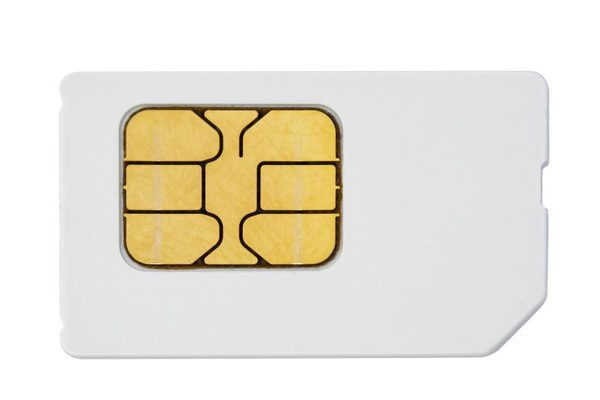I published the following diary on isc.sans.edu: “Behavioural Malware Analysis with Microsoft ASA“: When you need to quickly analyze a piece of malware (or just a suspicious program), your goal is to determine as quickly as possible what’s the impact. In many cases, we don’t have time to dive very

